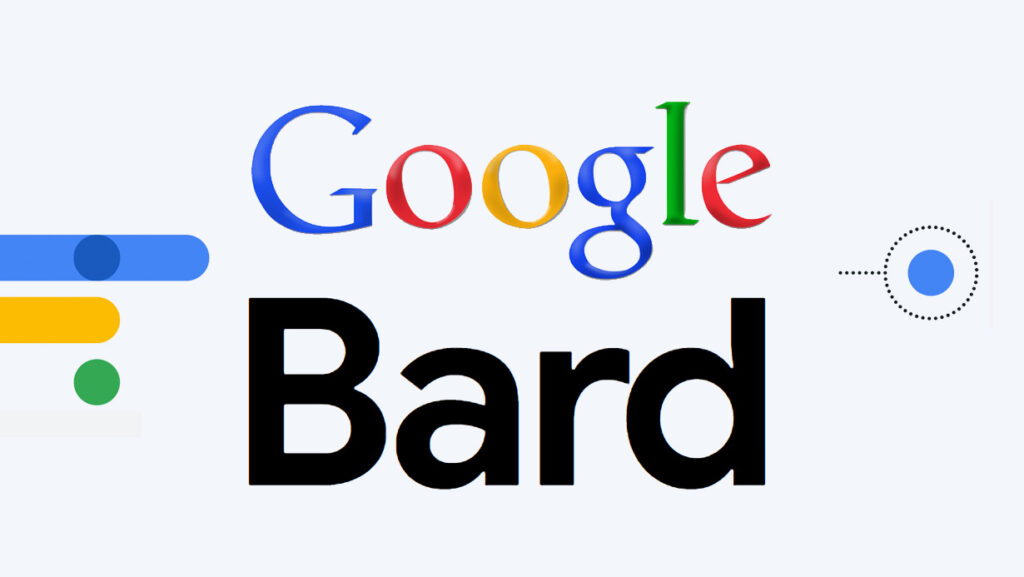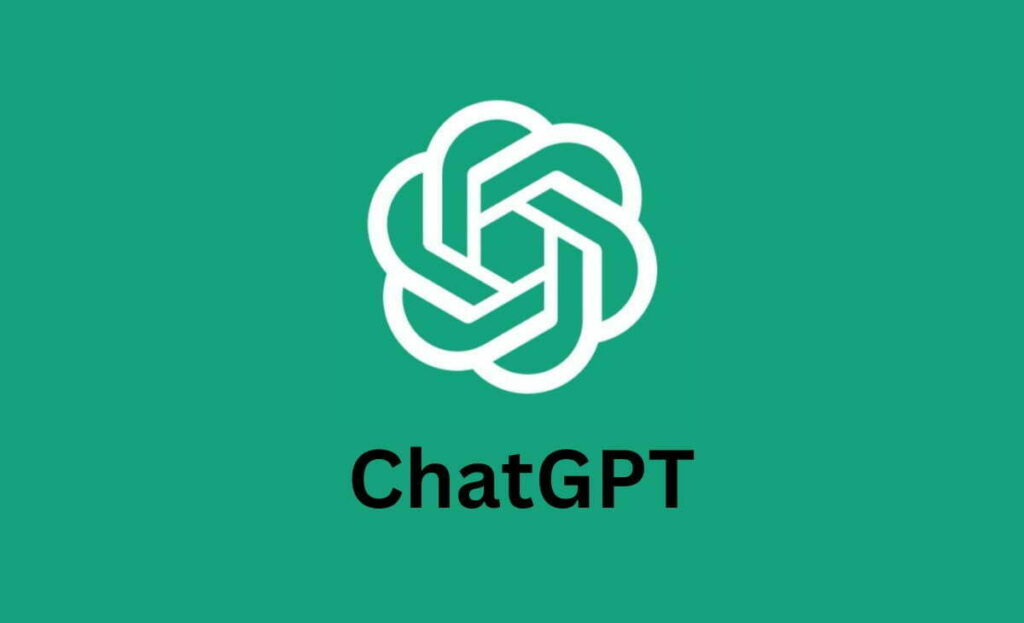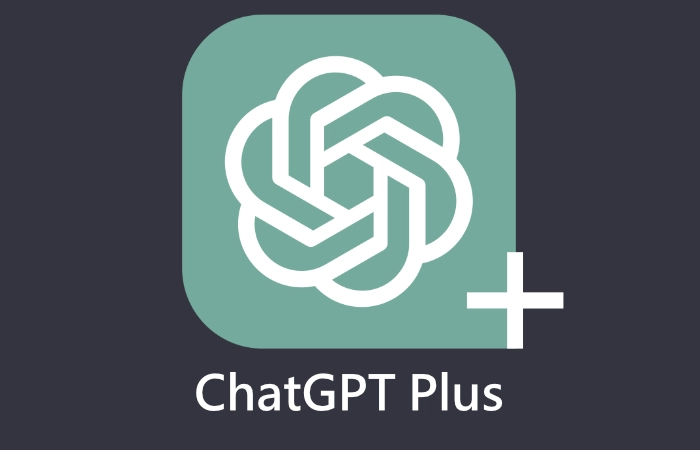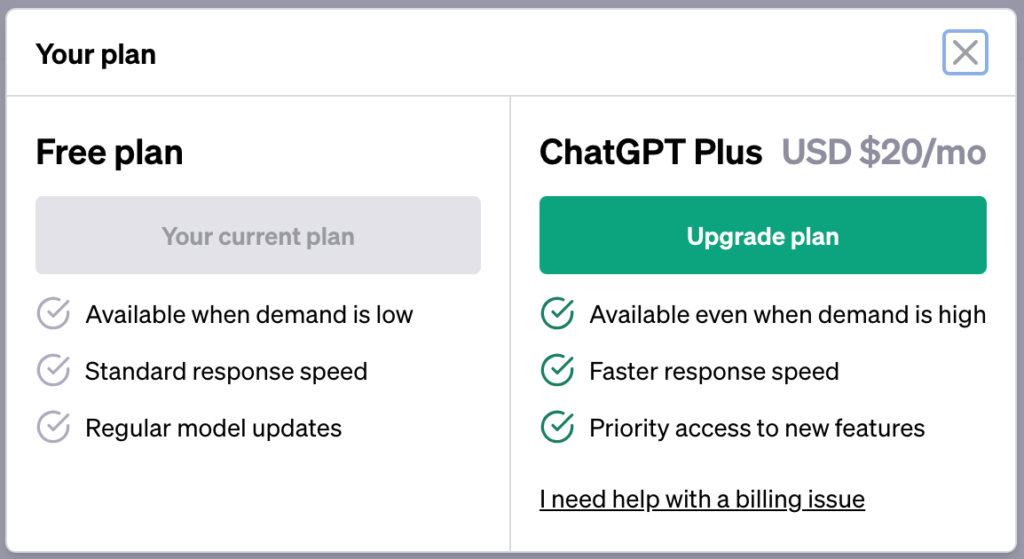Unveiling the 3 AI Giants: ChatGPT Plus, ChatGPT, and Google Bard
The world of artificial intelligence has witnessed an extraordinary evolution in recent years, bringing forth formidable language models like ChatGPT Plus, ChatGPT, and Google Bard. These AI giants have redefined the boundaries of what’s possible in natural language understanding and generation. In this detailed article, we’ll explore the profound differences between these models, how to utilize prompts effectively with examples, the diverse range of activities they excel at, and expert tips and tricks and Difference Between ChatGPT Plus vs. ChatGPT vs. Google Bard for optimizing your interactions with them.






The Triad of AI: ChatGPT Plus vs. ChatGPT vs. Google Bard
ChatGPT Plus
ChatGPT Plus represents a premium, subscription-based version of ChatGPT by OpenAI. Subscribers benefit from a range of features designed to enhance their AI-powered interactions.

ChatGPT (Free Version)
ChatGPT, the free version, is a versatile AI model by OpenAI. It provides powerful natural language understanding and generation capabilities, accessible to users at no cost.
Google Bard
Google Bard, developed by Google, is a cutting-edge AI model built on the Transformer architecture. While it’s relatively new to the scene, it holds great promise, backed by Google’s extensive expertise.
How to Utilize Prompts Effectively
Prompts are the keys to unlocking the capabilities of these AI models. Crafting prompts effectively ensures you receive the desired output. Here are some examples of how to use prompts with these models:
1. Content Generation
Scenario: You need a blog post on climate change.
Effective Prompts:
- ChatGPT Plus: “Generate a 1,200-word blog post discussing the causes, impacts, and solutions to climate change.”
- ChatGPT: “Please write a blog post explaining the role of carbon emissions in climate change and its effects on our planet.”
- Google Bard: “Compose an article on the urgent need for global action to combat climate change, including policy recommendations.”

2. Answering Questions
Scenario: You’re researching quantum physics.
Effective Prompts:
- ChatGPT Plus: “Explain the principles of quantum entanglement and its significance in modern physics.”
- ChatGPT: “Can you provide insights into the differences between classical and quantum computing?”
- Google Bard: “Describe the current state of research in quantum physics, with a focus on recent breakthroughs.”
3. Chatbots and Virtual Assistants
Scenario: You want to create a virtual assistant for your e-commerce website.
Effective Prompts:
- ChatGPT Plus: “Develop a chatbot script that assists customers with product recommendations, order tracking, and returns.”
- ChatGPT: “Build a virtual assistant that handles customer inquiries, order status, and provides product information.”
- Google Bard: “Design an e-commerce virtual assistant that offers personalized shopping recommendations and supports order management.”
Activities They Excel At
These AI models are incredibly versatile and can excel at a wide range of activities when provided with well-crafted prompts. Here’s a more detailed explanation of the activities they are adept at:
1. Content Generation
- Blog Posts: These models can generate informative and engaging blog posts on a wide range of topics, catering to specific themes and word counts.
- Product Descriptions: They can create compelling product descriptions that highlight features and benefits, helping e-commerce businesses attract customers.
- Marketing Copy: Whether it’s ad copy, social media posts, or email campaigns, these models can assist in crafting persuasive marketing materials.
- Creative Writing: From short stories to poetry, these models can produce creative content for various artistic expressions.
2. Answering Questions
- Research Assistance: These models are valuable research companions, providing explanations, definitions, and insights into complex subjects.
- Homework Help: Students can seek assistance with their assignments, from solving math problems to understanding historical events.
- General Knowledge: Users can ask trivia questions or seek information on various topics, receiving well-informed responses.
3. Chatbots and Virtual Assistants
- Customer Support: Businesses can deploy AI-powered chatbots for customer support, answering frequently asked questions and handling basic inquiries.
- Appointment Scheduling: Virtual assistants can help users schedule appointments, make reservations, and manage their calendars efficiently.
- Information Retrieval: These models can retrieve data from databases or websites based on user queries, providing relevant information in real-time.
4. Language Translation
- Text Translation: Users can request translations between different languages, making it useful for language learners and global communication.
- Language Learning: Language learners can seek translations, pronunciations, and explanations to aid in their language studies.
- Cultural Context: These models can provide insights into cultural nuances, helping users communicate more effectively across borders.
5. Code Generation
- Code Snippets: Developers can request code snippets in various programming languages, saving time and effort in coding tasks.
- Debugging Assistance: These models can help troubleshoot code-related issues by providing explanations and suggesting solutions.
- Algorithm Design: They can assist in designing and explaining algorithms, benefiting programmers and computer science enthusiasts.
6. Writing Assistance
- Writing Suggestions: Authors, bloggers, and content creators can receive ideas, prompts, and suggestions to enhance their writing.
- Editing Tips: These models can offer grammar and style suggestions to improve the clarity and coherence of written content.
- Resume/CV Writing: Job seekers can get assistance in crafting impressive resumes and CVs to stand out in the job market.
7. Data Analysis
- Data Interpretation: Users can request explanations of data trends, graphs, or statistical results, aiding in data-driven decision-making.
- Data Visualization: These models can generate descriptions or narratives for data visualizations, making data more accessible to a broader audience.
8. Conversation and Storytelling
- Role-Playing Games: Gamers and game developers can use these models to create dialogues and scenarios for role-playing games (RPGs).
- Interactive Fiction: Writers and creators can generate branching narratives for interactive stories and games.
- Scriptwriting: Screenwriters and playwrights can get help with dialogues and scene descriptions for plays, movies, and TV scripts.
9. Research and Information Retrieval
- News Updates: Users can stay updated with the latest news and receive summaries or explanations of current events.
- Weather Forecasts: These models can provide current weather conditions and forecasts for specific locations.
- Historical Data: Researchers can retrieve historical data and insights on a wide range of historical topics for academic or personal use.
Tips and Tricks for Effective Interaction
Here are some expert tips and tricks for maximizing your interaction with these AI models:
- Clear and Specific Prompts: Be precise and clear in your prompts to receive accurate and relevant responses.
- Experiment and Iterate: Don’t hesitate to experiment with different prompts to achieve the desired outcome. Iterate and refine your prompts as needed.
- Review and Edit: Always review and edit the generated content for accuracy and coherence, especially for critical tasks.
- Contextual Prompts: For ongoing interactions, provide contextual prompts to maintain the conversation’s flow.
- Bias Awareness: Be aware of potential biases in responses, and ensure responsible use of the models.
- API Integration: Explore API integration to leverage AI-generated content within your applications and platforms.
- Fine-Tuning (Advanced Users): If you have expertise, consider fine-tuning the models for specific tasks to enhance performance.
Using Prompts and Asking Questions
1. Content Generation
Prompt for a Blog Post:
- ChatGPT Plus: “Generate a 1,200-word blog post discussing the benefits of remote work, including improved work-life balance and reduced commuting stress.”
Question for Research Assistance:
- ChatGPT: “Can you provide statistics and case studies supporting the advantages of remote work in enhancing employee productivity?”
2. Answering Questions
Question for Understanding:
- ChatGPT Plus: “Explain the concept of quantum entanglement and its significance in quantum physics.”
Question for Homework Help:
- ChatGPT: “What are the fundamental principles behind Heisenberg’s Uncertainty Principle, and how does it relate to quantum mechanics?”
3. Chatbots and Virtual Assistants
Prompt for a Virtual Assistant:
- ChatGPT Plus: “Develop a chatbot script that assists users in booking hotel rooms, checking availability, and providing pricing information.”
Question for Customer Support:
- ChatGPT: “I have an issue with my recent order. Can you help me track its status and initiate a return if necessary?”
4. Language Translation
Question for Language Translation:
- ChatGPT Plus: “Translate the following English text into French: ‘What are your office hours?'”
Question for Language Learning:
- ChatGPT: “How do I say ‘I love you’ in Italian, and can you provide a pronunciation guide?”
5. Code Generation
Prompt for Code Snippet:
- ChatGPT Plus: “Generate a Python code snippet that calculates the Fibonacci sequence up to the 20th term.”
Question for Debugging Assistance:
- ChatGPT: “I’m encountering an ‘undefined variable’ error in my JavaScript code. Can you help me identify and fix the issue?”
6. Writing Assistance
Prompt for Writing Suggestions:
- ChatGPT Plus: “Provide creative writing prompts for a short story set in a post-apocalyptic world.”
Question for Resume Writing:
- ChatGPT: “Can you help me draft a compelling summary statement for my resume, emphasizing my project management skills?”
7. Data Analysis
Prompt for Data Interpretation:
- ChatGPT Plus: “Explain the trends in our quarterly sales data, highlighting any seasonal patterns or anomalies.”
Question for Data Visualization Narratives:
- ChatGPT: “I need to create a data visualization for our financial report. Can you generate a narrative to accompany the chart?”
8. Conversation and Storytelling
Prompt for Interactive Fiction:
- ChatGPT Plus: “Create a dialogue between two characters in a fantasy RPG, where they plan their next quest.”
Question for Scriptwriting:
- ChatGPT: “I’m writing a screenplay for a crime thriller. Can you help me develop realistic dialogues for a police interrogation scene?”
9. Research and Information Retrieval
Question for News Updates:
- ChatGPT Plus: “Give me a summary of the latest developments in renewable energy technology and its impact on climate change.”
Question for Historical Data:
- ChatGPT: “Retrieve information about the historical significance of the Industrial Revolution in the 18th century.”
These examples demonstrate how to use prompts and questions effectively to interact with AI models like ChatGPT Plus, ChatGPT, and Google Bard. Crafting clear and specific prompts or questions tailored to your objectives is crucial for obtaining accurate and useful responses. Whether you’re seeking information, generating content, or solving problems, these AI models can be valuable partners in various domains and tasks.

